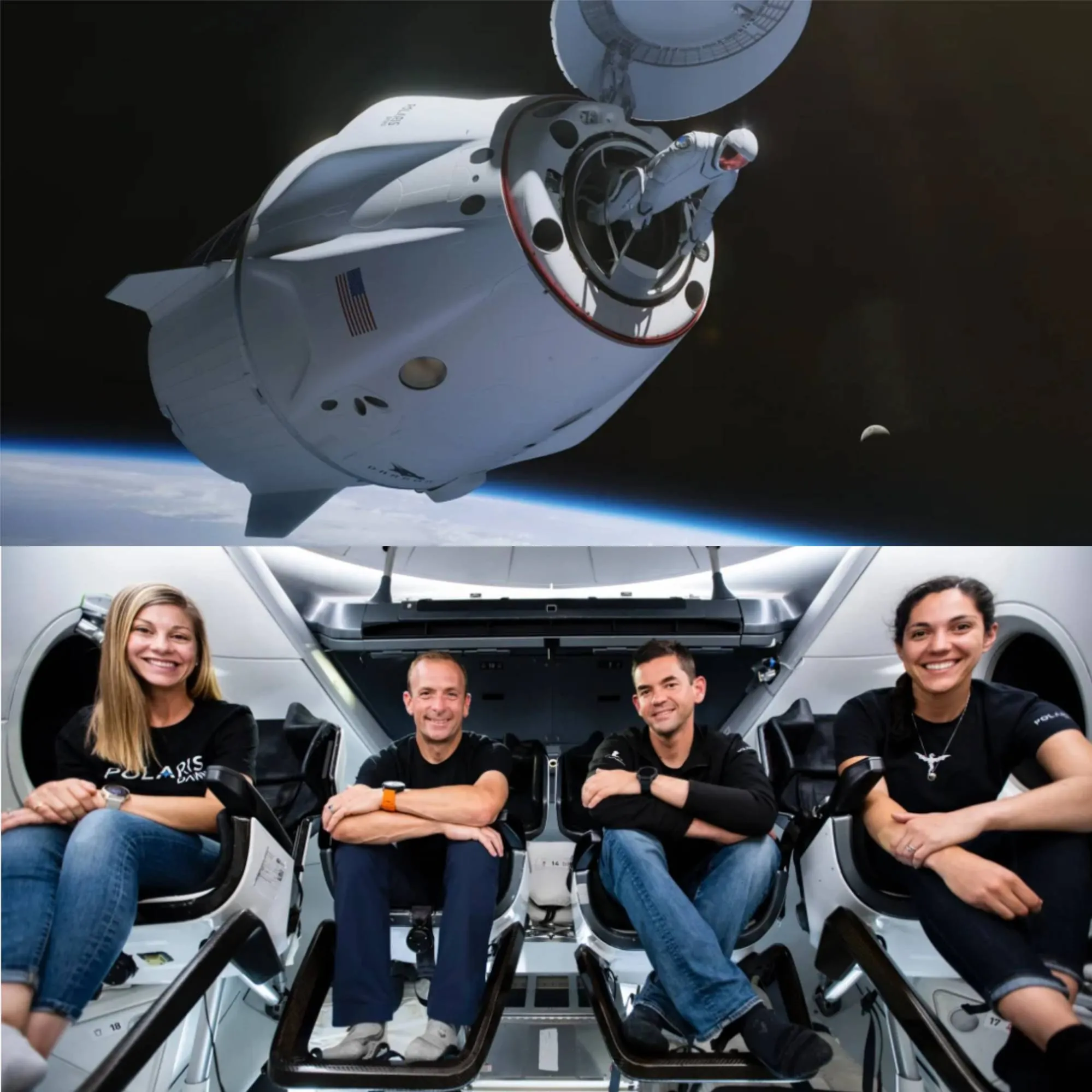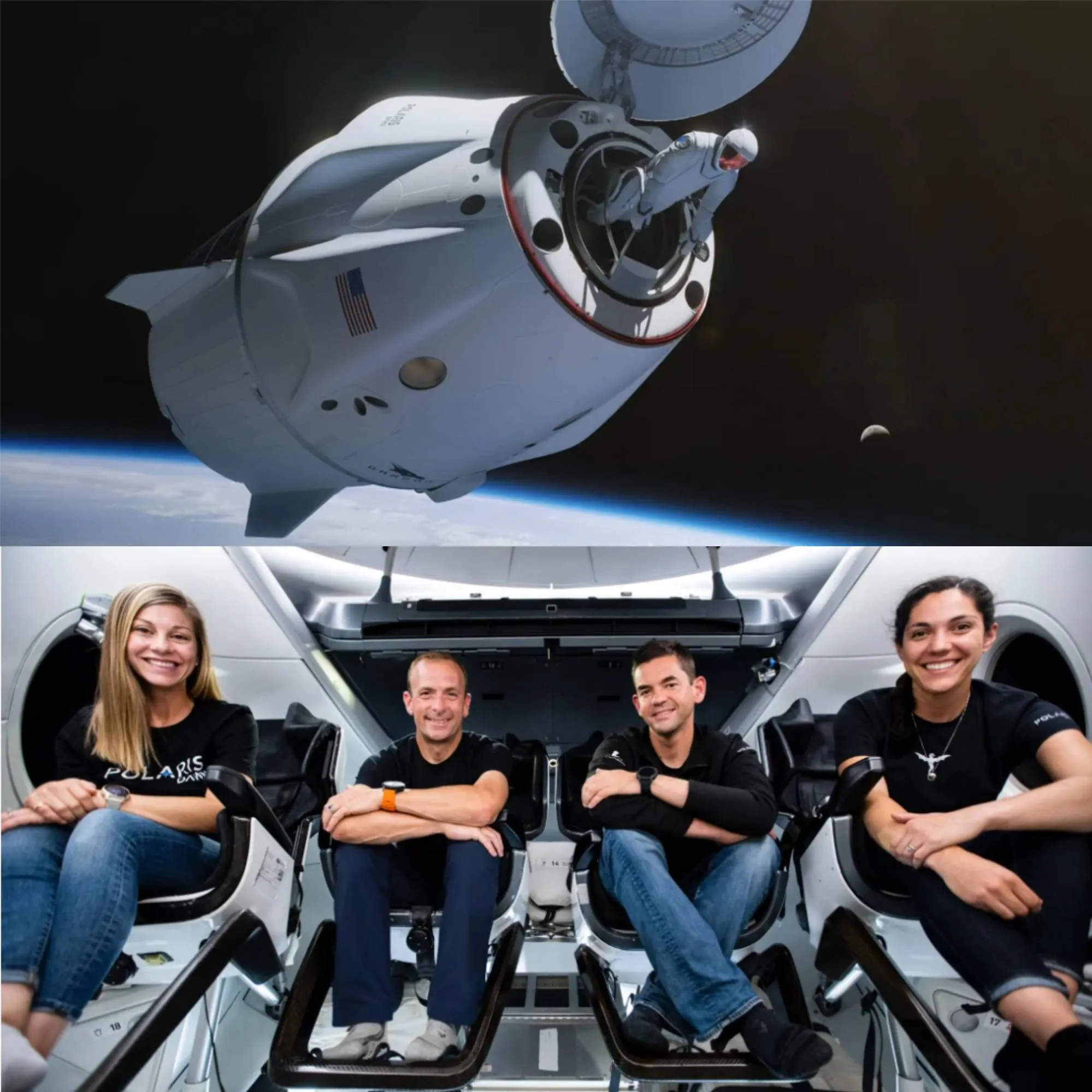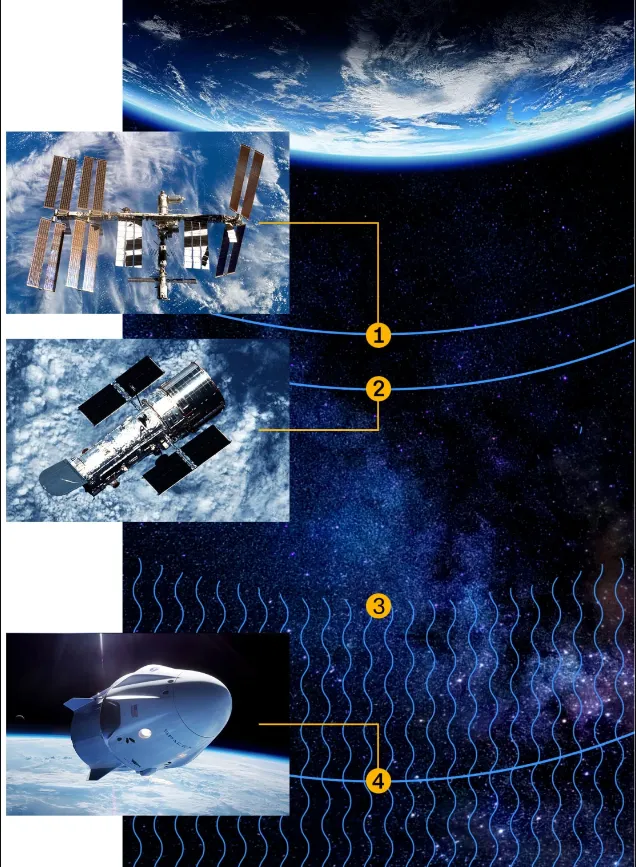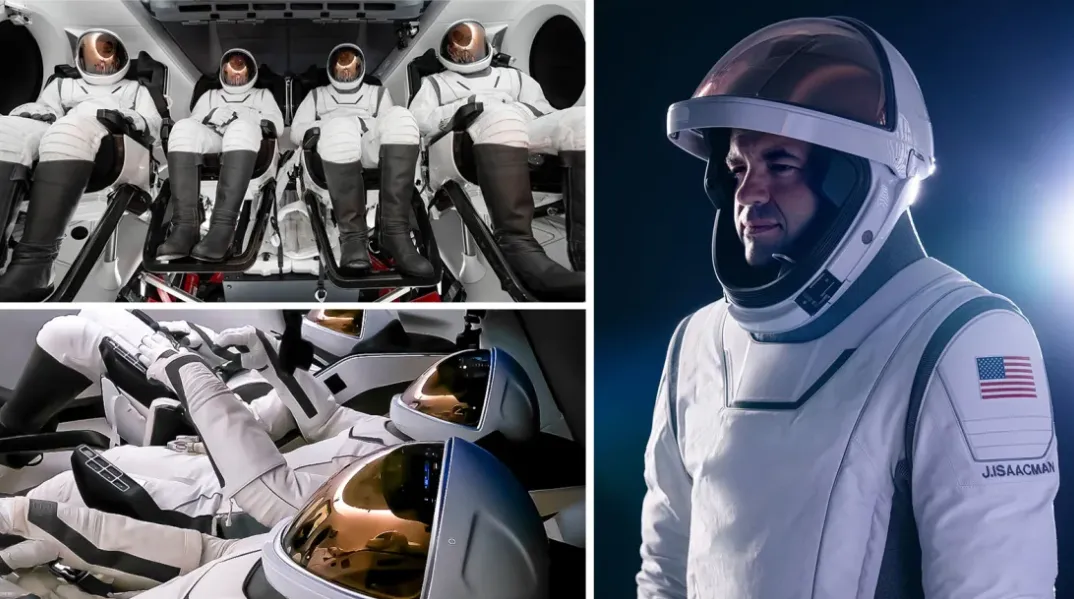
SpaceX’s Ambitious Polaris Dawn Mission: Exploring New Frontiers in Space

In 2021, billionaire Jared Isaacman launched a groundbreaking mission into orbit, marked by its role as a childhood cancer fundraiser and its status as a significant leap into private space tourism. The Inspiration4 mission featured a diverse crew of four with no prior space experience, who spent three days orbiting Earth aboard a SpaceX Crew Dragon capsule. Following this successful mission, Isaacman thought his space journey might be complete. However, his ambitions have since expanded into more daring territory.
The Polaris Dawn Mission: Breaking New Ground
On Monday, Isaacman, alongside three companions—his friend and former Air Force pilot Scott “Kidd” Poteet, and SpaceX engineers Anna Menon and Sarah Gillis—will head to Kennedy Space Center in Florida. They are preparing for Polaris Dawn, a mission that aims to push the limits of space exploration. Unlike previous private spaceflights that resembled joyrides, Polaris Dawn is designed to test the boundaries of space technology and human endurance.
The crew will spend five days in a SpaceX Crew Dragon capsule, reaching altitudes higher than any human has traveled since the Apollo program ended. Their orbit will take them through the Van Allen radiation belts, exposing them to significant radiation risks. This mission will also mark the first time non-government astronauts open their spacecraft hatch and experience the vacuum of space directly, using newly developed Extra-Vehicular Activity (EVA) suits.

Testing New Technologies and Techniques
The Polaris Dawn mission is more than just an adventurous space trip; it’s a critical test of new technologies and procedures. The crew will test cutting-edge EVA suits developed by SpaceX, which lack the traditional Primary Life Support System (PLSS) found in NASA suits. Instead, life support will be provided through long hoses connected to the spacecraft.
One of the key innovations of this mission is the “pre-breathe” process. This procedure, which takes about 45 hours, involves gradually decreasing cabin pressure and increasing oxygen levels to prevent decompression sickness—a technique different from the standard practices used on the International Space Station (ISS).
Overcoming Challenges and Risks
SpaceX and the Polaris Dawn team have faced numerous technical challenges in preparation for this mission. The Crew Dragon’s avionics have been rigorously tested against radiation to ensure durability. Additionally, the spacecraft’s materials have undergone a “bake-out” process to release potential toxins before flight. SpaceX has also integrated automatic rebooting software to manage potential computer malfunctions caused by radiation.
The mission’s risks are significant, but so are the potential rewards. The Polaris Dawn crew will be exposed to more risks than previous space tourism missions, including extended exposure to high radiation levels and the challenges of spacewalks in a novel environment.

Pioneering the Future of Space Exploration
Isaacman’s vision for Polaris Dawn extends beyond personal adventure; it aims to advance space technology and pave the way for future space exploration. The Polaris Program, which includes Polaris Dawn as its first mission, seeks to develop technologies needed for deeper space travel, including improved spacesuits and life-support systems.
Despite the inherent risks, the crew expresses confidence in their mission. Their preparation and the innovative technologies developed by SpaceX provide a strong foundation for success. Isaacman’s enthusiasm for space exploration reflects a broader ambition shared by SpaceX and its founder, Elon Musk, to make humanity a multiplanetary species and unlock the mysteries of the universe.
In summary, Polaris Dawn is not just a mission but a bold step toward expanding the boundaries of human space travel. As the crew embarks on this unprecedented journey, they are not only testing the limits of space technology but also setting the stage for future exploration and discoveries in the cosmos.






